[ENG-SPN] Thoughts on the rider / Reflexiones sobre el jinete
For many ancient peoples, including the Celtiberians of old Hispania, the rider and his horse had eminently philosophical connotations, because in their symbolism, as in the masterpiece of Miguel de Cervantes or in the languages of the ancient Mexican peoples, the tonal and the nahual, there was a physical and daily reference and another of a magical or spiritual nature.
[Para muchos pueblos antiguos, entre ellos los celtíberos de la vieja Hispania, el jinete y su caballo tenían unas connotaciones eminentemente filosóficas, pues en su simbolismo, al igual que en la obra cumbre de Miguel de Cervantes o en los lenguajes de los antiguos pueblos mejicanos, el tonal y el nahual, había una referencia física y cotidiana y otra de índole mágica o espiritual].
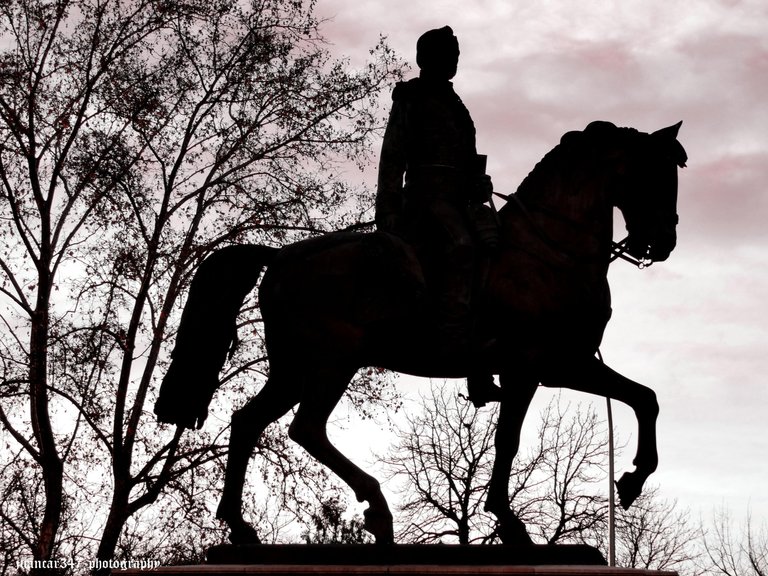
For this reason, the Celtiberian knight was represented on the back of a horse with two heads: one, which referred to his physical condition as a warrior and the other, which represented his accompanying journey to the afterlife, in which the animal it acquired a chthonic quality, symbolism often repeated in different artistic styles.
[Por eso, al caballero celtíbero se le representaba a lomos de un caballo con dos cabezas: una, la que hacía referencia a su condición física de guerrero y otra, que representaba el viaje de acompañamiento de éste al más allá, en el que el animal adquiría una cualidad ctónica, simbolismo muchas veces repetido en diferentes estilos artísticos].
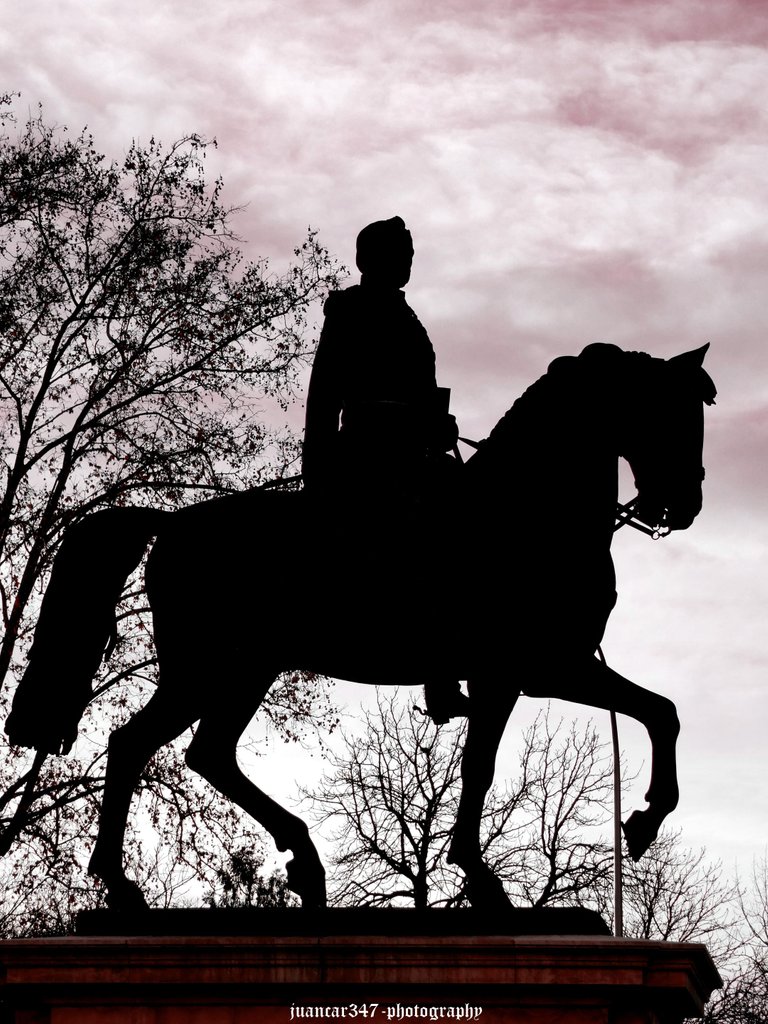
NOTICE: Both the text and the accompanying photographs are my exclusive intellectual property and therefore are subject to my Copyright.
AVISO: Tanto el texto, como las fotografías que lo acompañan, son de mi exclusiva propiedad intelectual y por lo tanto, están sujetos a mis Derechos de Autor.
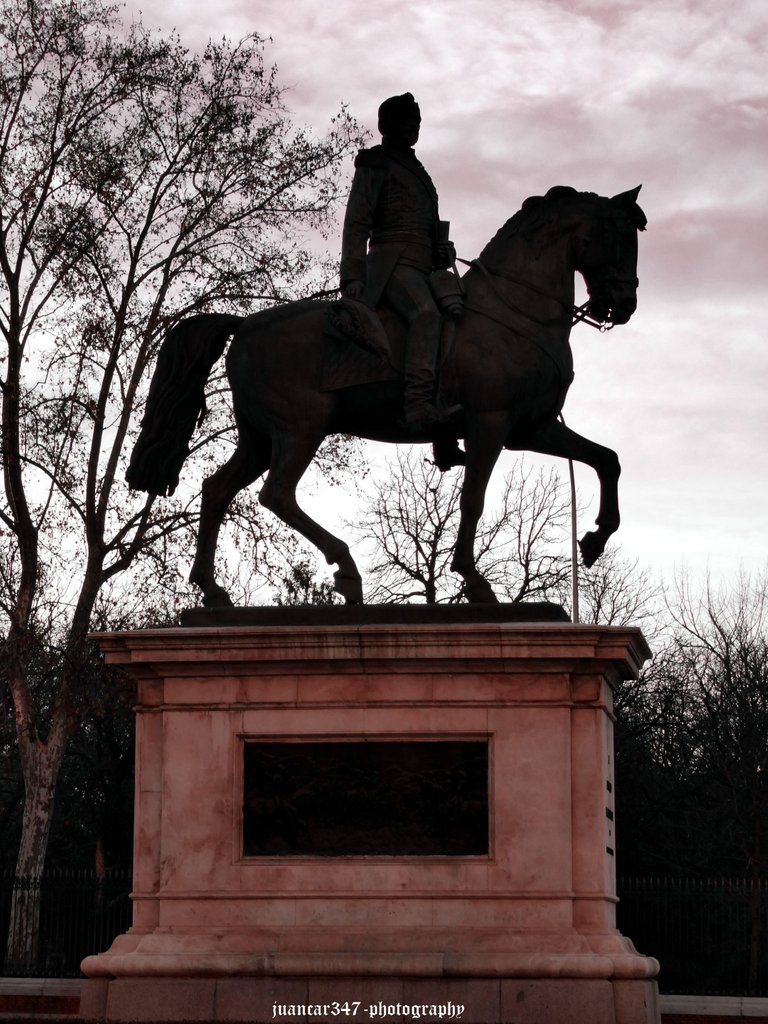
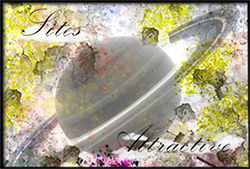
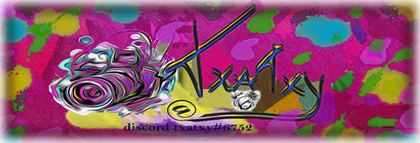


https://twitter.com/juancar347/status/1484228404467621897
The rewards earned on this comment will go directly to the person sharing the post on Twitter as long as they are registered with @poshtoken. Sign up at https://hiveposh.com.